(1269 products available)
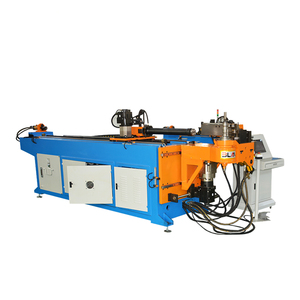

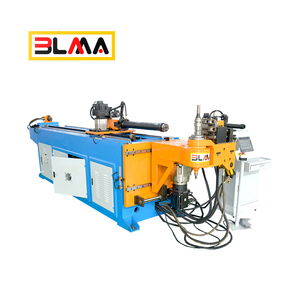




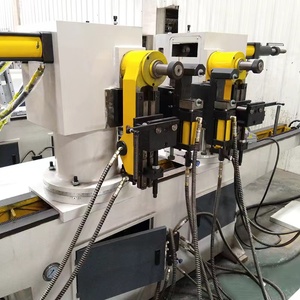

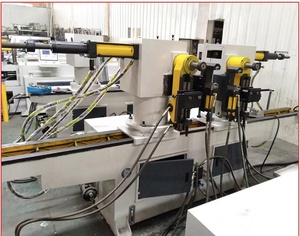




















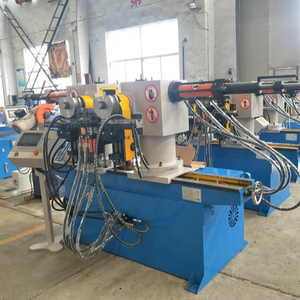

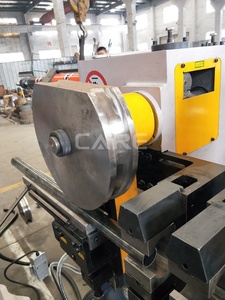
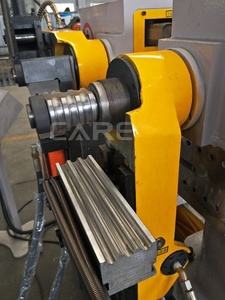
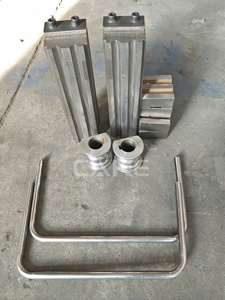



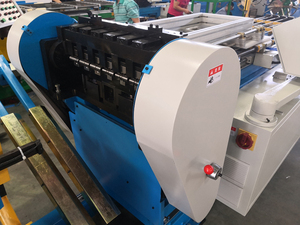




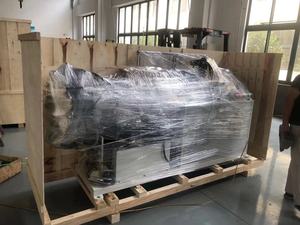


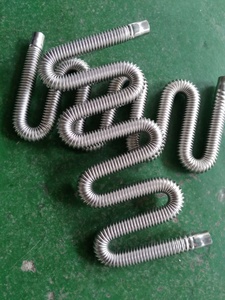






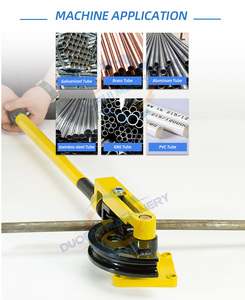
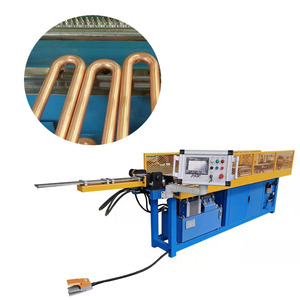
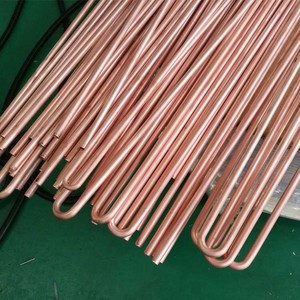

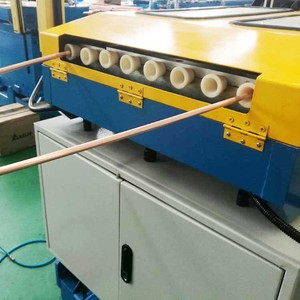

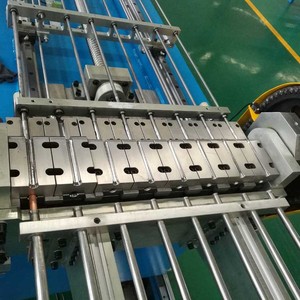
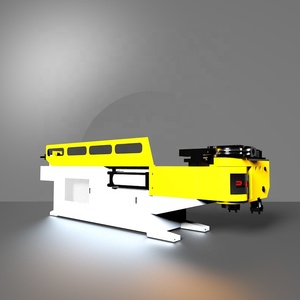



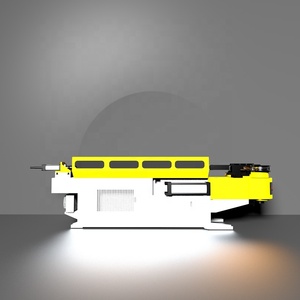

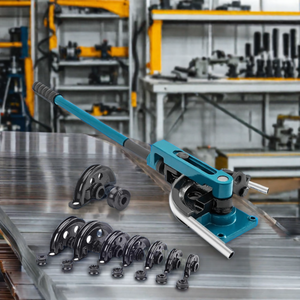

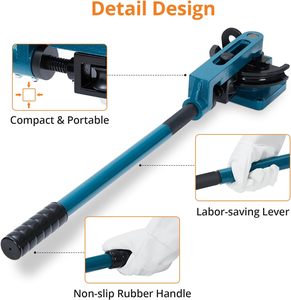





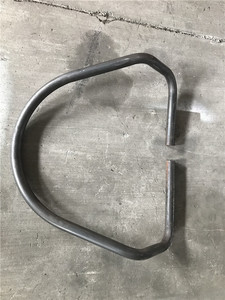

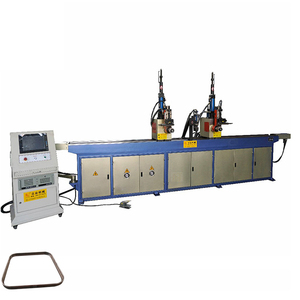




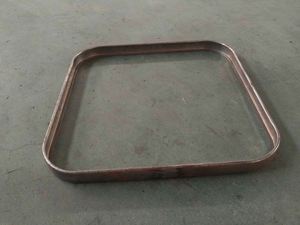





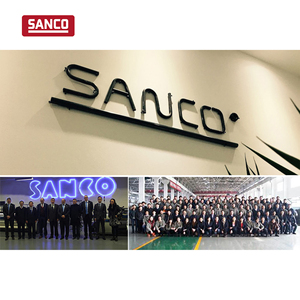



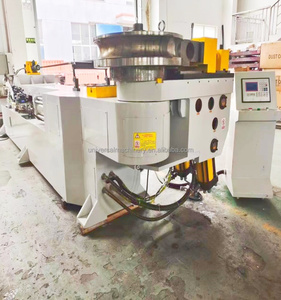




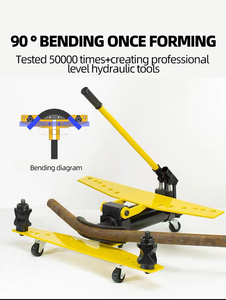














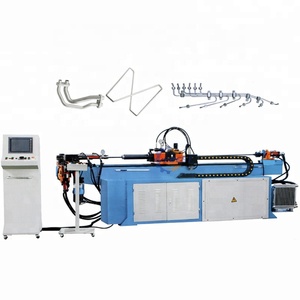

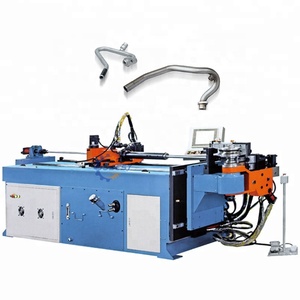









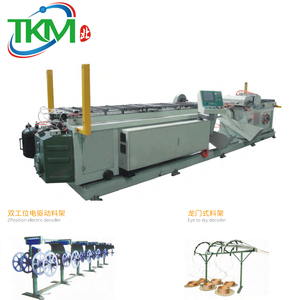






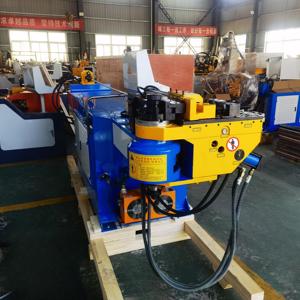
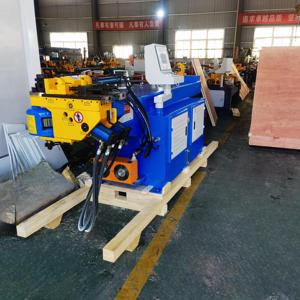
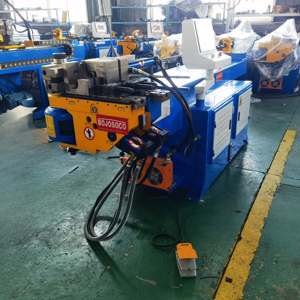



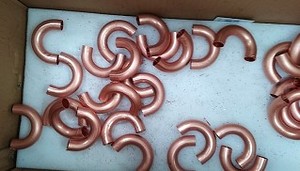




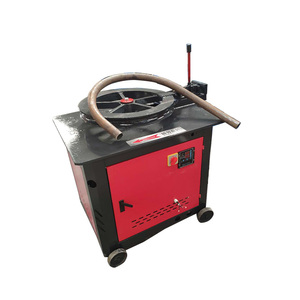


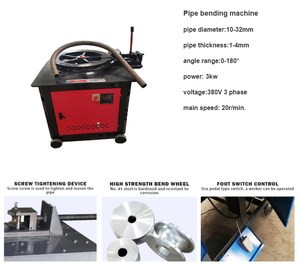








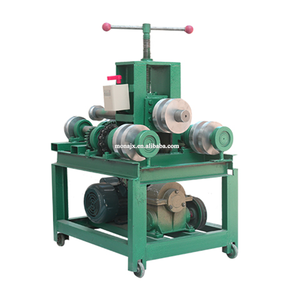
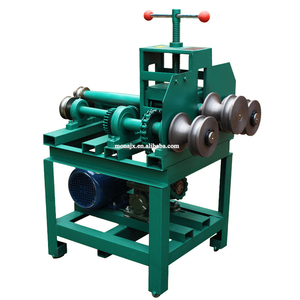



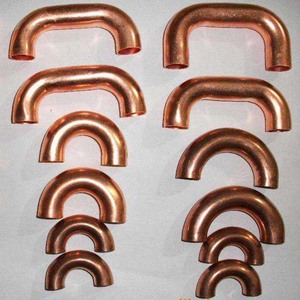


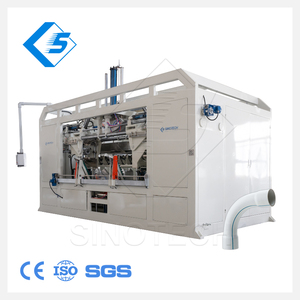

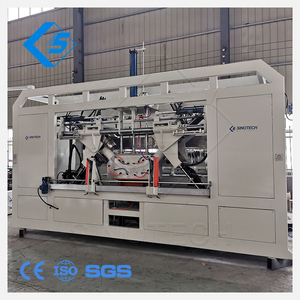




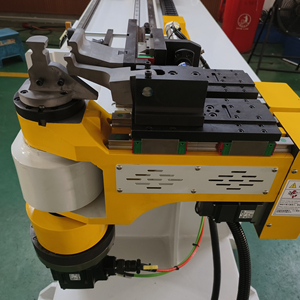

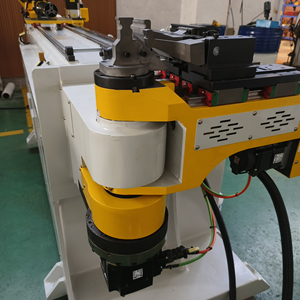


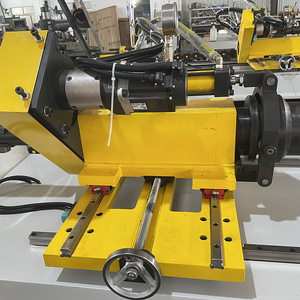





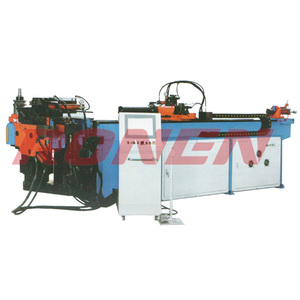
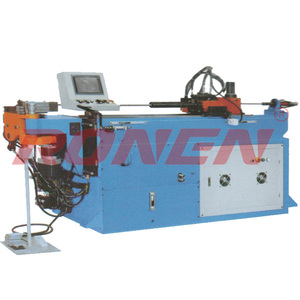

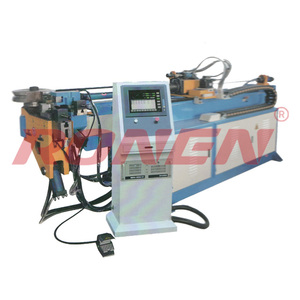










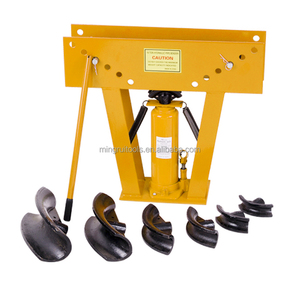
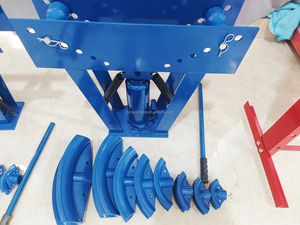

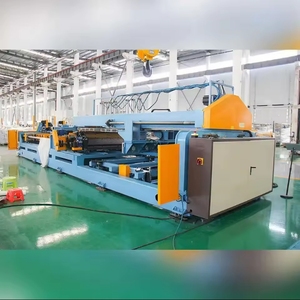

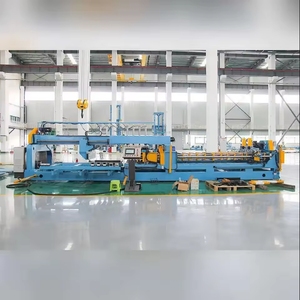
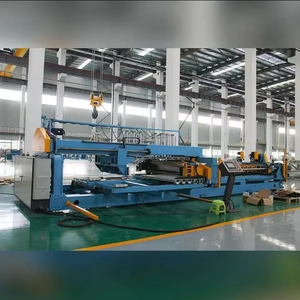
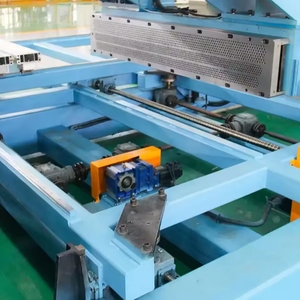

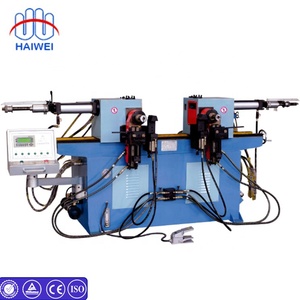
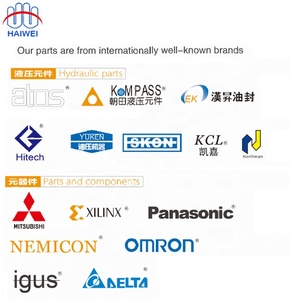

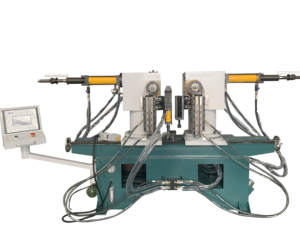


The U tube bending machine is a crucial piece of equipment in the construction and manufacturing industries. There are various types based on the buying intention. They include the hydraulic press brake, which bends tubes using hydraulic power, and the electronic tube bender, which is controlled by an electric motor and allows for programmable bends with precise digital control.
The following specifications apply for most heavy-duty hydraulic U tube bending machinesManufacturers may produce different kinds of machines to suit various applications:
Bending Capacity
The maximum wall thickness is 8 mm. The maximum outer diameter is 1100 mm. The length of the tube the machine can bend is 2500 mm
Bending Precision
These machines have bending accuracies of ±1°.
Max Power
The motor power is 11 KW. This is the maximum bending power the machine generates.
Working Pressure
The machine's hydraulic system operates at 24.5 MPa.
Overall Dimensions
The overall length is 2500mm. The width is 1150mm and the height is 1500mm.
Weight
The weight of the machine is 1300 kgs
Clean regularly:
It is important to clean the bending machine regularly to remove any dust and debris. Use a mild detergent to wipe or wash any parts that come into contact with the bending lubricant. Bending lubricants usually have a slippery, oily texture that can easily be removed with soap and water. Use compressed air to dry all the parts thoroughly. Cleaning the machine regularly helps to prevent rust and corrosion.
Scheduled Lubrication:
This machine bends pipes using hydraulic force. To work optimally, the machine requires regular lubrication. Consult the machine's manual for details on the parts that require lubrication and the schedule to use.
Check fluid levels:
Users must check the hydraulic oil and lubrication grease levels on a regular basis. Top them up as needed based on the machine's consumption rate.
Preventive maintenance services:
Develop a maintenance schedule with a qualified technician. On this schedule, note the most critical parts to inspect and the areas to service on the machine. Some bending machines have complex hydraulic systems. A qualified technician can identify early signs of possible mechanical failure to avoid costly breakdowns.
Calibrate the bending machine:
The U tube bending machine may lose accuracy over time. This is usually caused by wear and tear on some of its moving parts. So, recalibrate the machine occasionally to ensure that it maintains the required bending radius and angle.
Automotive and Aerospace Industries:
Engineering industries use U tube bending machines to produce exhaust systems, roll cages, and chassis components. They use these machines to create complex tube shapes that fulfill specific strength, performance, or weight requirements.
Construction and Handicrafts:
U tube bending machines are used to manufacture items used for construction such as frames, scaffolding, and railings. These machines can easily produce custom components for unique construction projects.
Furniture and Product Design:
Designers and craftsmen use U tube bending machines to make decorative or functional furniture pieces, including chairs, tables, and stands. The machines help create unique products with creative shapes.
Medical Equipment Production:
U tube bending machines are used to produce medical devices and equipment like wheelchair frames, hospital bed frames, and surgical instruments. The machines help ensure that these devices meet the industry's demanding quality and standards.
Robotics and Automation:
These machines are used to make robotic arms, joints, and other automation components. Such components require precise and complex bending shapes.
Specialized Industries:
Some specialized industries also use U tube bending machines. For example, the energy industry might use them to manufacture heat exchangers and condensers. The shipbuilding industry will use them to produce marine pipelines, exhaust systems, and custom ship structures.
When choosing a U tube bending machine for business needs, there are some features and factors to consider. Knowing these will help buyers to make the right purchasing decision to meet their needs.
Production Capabilities
First, consider the production capabilities of the machine. This includes the quantity it can produce and the speed. Think about business needs. Choose a machine that can produce the required amount to meet demand.
Flexibility and Versatility
Secondly, look for a bending machine that is flexible and versatile. It should be able to bend tubes of different sizes and shapes. This allows for the easy adjustment to changing product needs.
Control Technology
Thirdly, the bending machine should have modern control technology with user-friendly interfaces. Computer numerical control (CNC) systems will allow precise control over bending angles and speeds. This will ensure consistent and accurate bending results.
Quality and Performance
The tube bending machine should offer reliable performance and superior durability. It should have a sturdy construction to handle heavy-duty use. Also, it should deliver high bending accuracy and precision.
Support for Tooling Change
Consider the machine's ability to support quick tooling changes. It should allow easy and fast replacement of bending tools. This feature will support efficient production processes and reduce downtime.
Segmentation Options
The machine should come with different segmentation options. These will allow customization according to specific bending requirements. Ask about available segmentation choices and select those that match particular business needs.
Easy Maintenance
There should be easy maintenance of the bending machine. The design should be maintenance-friendly to keep it in good working condition. Choose a machine with low maintenance needs and reliable components to minimize operating costs.
Q1: What industry uses tube bending machines?
A1: Various industries use different types of tube benders. In the automotive industry, they are used to make roll cages, exhaust systems, and headers. The construction industry uses tube bending machines to make handrails, scaffolding, and arches. Meanwhile, the furniture industry uses tube bending machines to create office chairs, carts, and not tables.
Q2: What are the limitations of a tube bending machine?
A2: Tube bending machines have several limitations. They cannot bend thick tubes, exceed a specific weight, or have a small radius. Hydraulic and CNC machines are more expensive. The initial setup cost can be high.
Q3: Can a tube bending machine bend other shapes?
A3: Tube bending machines are designed to bend tubes. However, machines with a retrofit kit can bend irregular shapes.
Q4: How does one maintain a tube bending machine?
A4: Automated CNC tube bending machines need regular maintenance. Manufacturers recommend periodic inspections and routine cleaning. Lubricating moving parts and calibrating the machine are also essential. Users should follow the maintenance guidelines and schedule provided by the manufacturer.